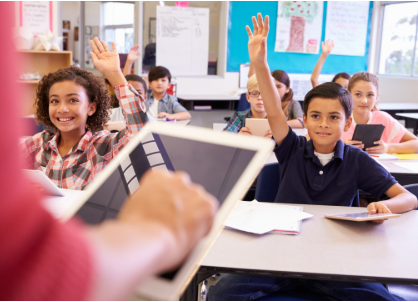In today’s fast-changing academic landscape, embracing education technology is no longer optional—it’s essential. With tools designed to enhance teaching methods and support diverse student needs, education technology empowers teachers to reach learners more effectively than ever before. From streamlining lesson planning to enabling personalized instruction, the benefits of integrating technology in the classroom are both practical and transformative.
Enhancing Engagement and Motivation
Interactive platforms, educational games, and multimedia resources can make lessons more engaging for students. When technology is used to present content in dynamic ways—like videos, simulations, or live quizzes—it captures attention and encourages participation. This can be particularly helpful for students who struggle to stay focused with traditional lecture-based formats.
Supporting Individual Learning Needs
One of the strongest advantages of digital tools in education is their ability to cater to different learning styles and paces. Whether it’s through adaptive learning platforms, voice-to-text features, or visual aids, technology helps teachers offer inclusive and differentiated instruction. This support can be crucial in classrooms with varied student abilities.
Saving Time and Improving Organization
Teachers often juggle lesson planning, grading, and administrative tasks. Education technology simplifies many of these processes. Learning management systems (LMS) allow educators to distribute assignments, track student progress, and provide feedback all in one place. Tools like digital gradebooks and automated quizzes reduce workload, giving teachers more time to focus on meaningful interaction with students.
Encouraging Collaboration and Communication
Modern classrooms benefit from digital tools that promote collaboration among students and between students and teachers. Shared documents, online discussion boards, and virtual whiteboards encourage teamwork and critical thinking. These tools also make it easier for teachers to maintain consistent communication with students and parents, even outside school hours.
Preparing Students for the Digital Future
By integrating technology into daily instruction, teachers help students develop digital literacy—a key skill for success in the modern world. From using productivity software to navigating online research tools, students gain practical experience that will benefit them in higher education and future careers.
Adapting to Remote and Blended Learning
Technology proved especially valuable during the global shift to remote learning. Even as in-person classes resume, many schools continue to use blended learning approaches. Teachers who are comfortable with education technology can more easily transition between learning environments and maintain continuity in instruction.
Conclusion
Education technology is not about replacing teachers—it’s about enhancing their capabilities and expanding their impact. By embracing these tools, educators can foster more engaging, personalized, and efficient learning experiences. As digital innovation continues to shape the education sector, teachers who adapt are better equipped to inspire and support the next generation of learners.














